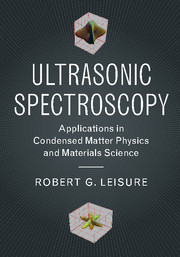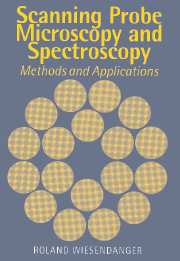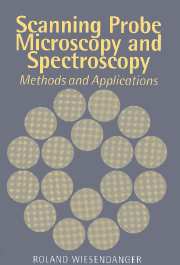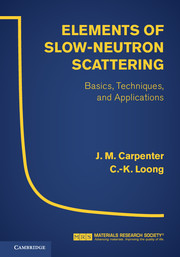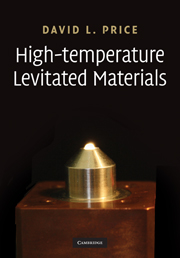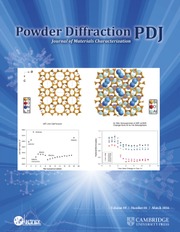Ultrasonic Spectroscopy
Ultrasonic spectroscopy is a technique widely used in solid-state physics, materials science, and geology that utilizes acoustic waves to determine fundamental physical properties of materials, such as their elasticity and mechanical energy dissipation. This book provides complete coverage of the main issues relevant to the design, analysis, and interpretation of ultrasonic experiments. Topics including elasticity, acoustic waves in solids, ultrasonic loss, and the relation of elastic constants to thermodynamic potentials are covered in depth. Modern techniques and experimental methods including resonant ultrasound spectroscopy, digital pulse-echo, and picosecond ultrasound are also introduced and reviewed. This self-contained book includes extensive background theory and is accessible to students new to the field of ultrasonic spectroscopy, as well as to graduate students and researchers in physics, engineering, materials science, and geophysics.
- Detailed explanations and clear illustrations enable efficient learning of basic concepts
- Deep treatment of topics such as elasticity and the temperature dependence of elastic constants allow researchers to appreciate the wider applications of their work
- Comprehensive reviews of experimental methods provide improved awareness of the advantages and pitfalls of each method
Reviews & endorsements
Advance praise: 'The perfect textbook for students and teachers who want to understand the use of non-destructive acoustic techniques in the evaluation of material properties in general, and phase transitions in particular. Each subject covered in the book is given a rigorous mathematical treatment, accompanied by relevant references. This book will be especially valuable for advanced undergraduate-graduate level students, and for practicing scientists.' Ricardo B. Schwarz, Los Alamos National Laboratory, US National Academy of Engineering
Advance praise: 'We expected a top-quality treatment from Professor Leisure, and we received one. The author shows a keen eye for breadth - depth balance and a critical eye for including all essentials and excluding bothersome details. The book blends basic principles with fresh research topics successfully and Professor Leisure achieves a harmonious, well-integrated, balanced mix of measurement and theory and range of topics. Students will enjoy this easy-reading book and old-hands will want this book on their shelf.' Hassel Ledbetter, Engineering and Applied Sciences College, University of Colorado
Product details
June 2017Hardback
9781107154131
248 pages
254 × 178 × 15 mm
0.65kg
75 b/w illus. 9 tables
Available
Table of Contents
- Preface
- 1. Introduction
- 2. Elasticity
- 3. Acoustic waves in solids
- 4. Experimental methods
- 5. Elastic constants
- 6. Ultrasonic loss
- Appendix A. Phase shifts due to transducers and bonds
- Appendix B. Diffraction
- Appendix C. Transducer effects on resonant frequencies
- Appendix D. Damped, driven oscillator and complex force constant
- Appendix E. Comparison of the quasistatic and experimental temperature dependence for specific cases
- References
- Index.

